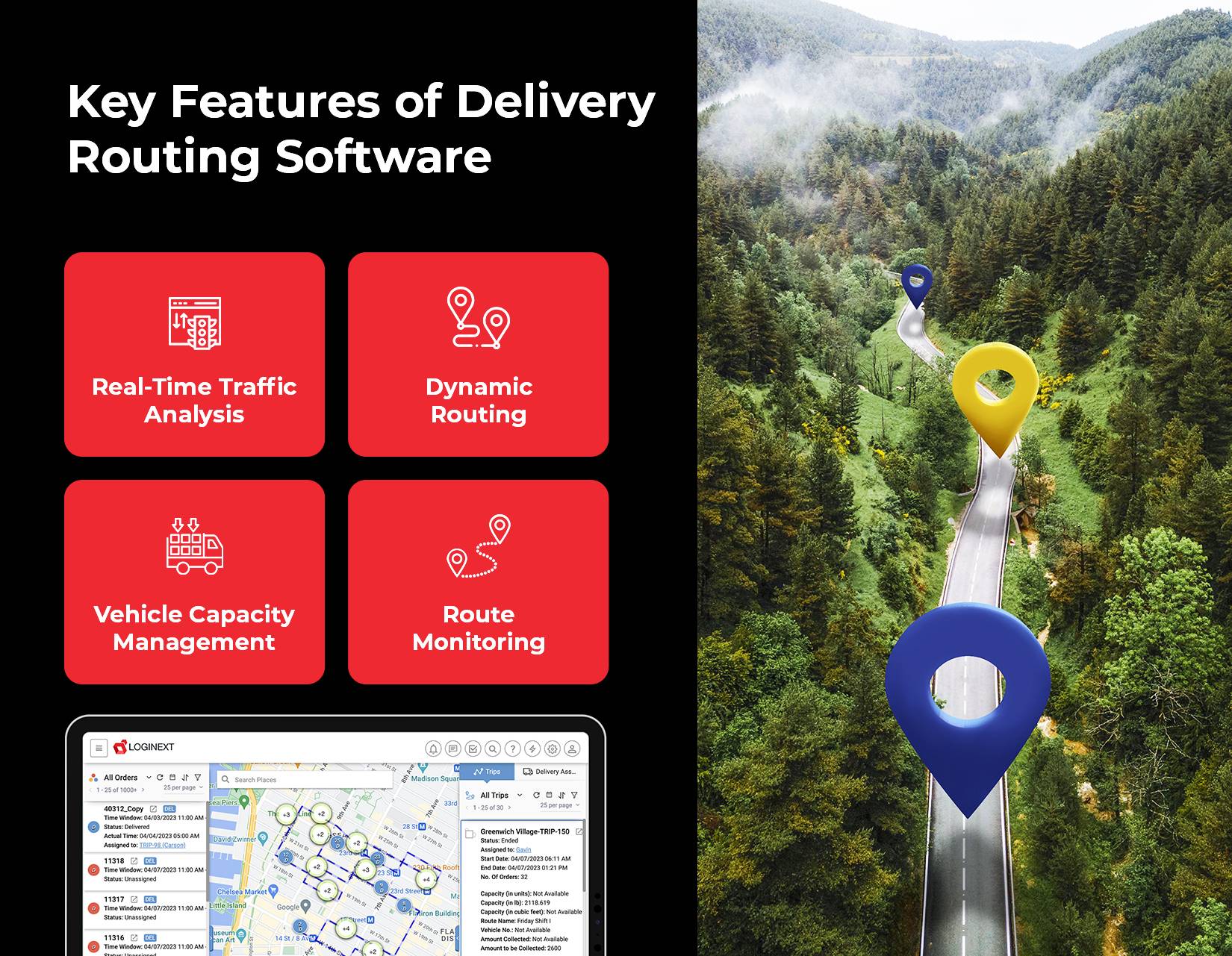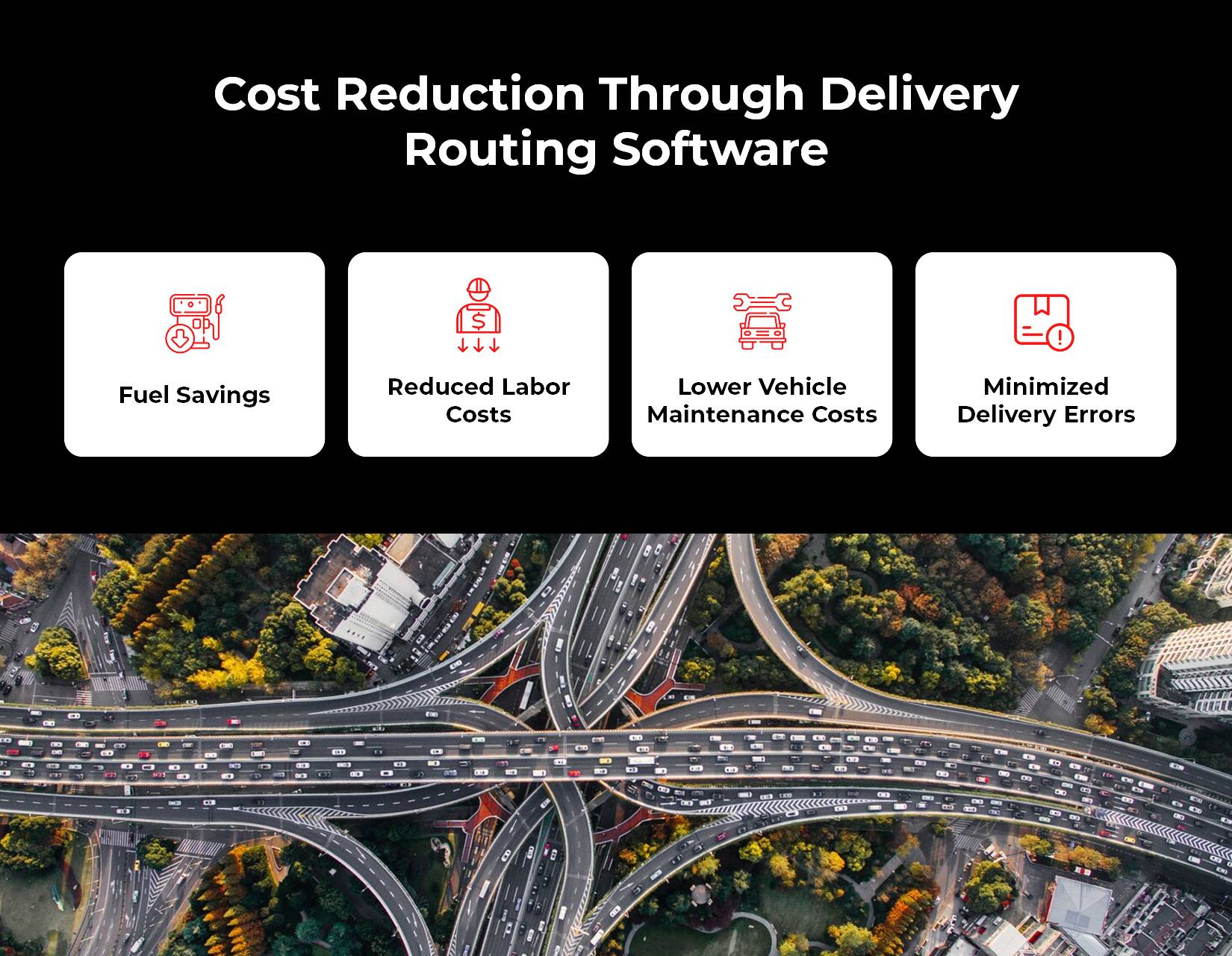In today’s fast-paced delivery environment, efficiency is not just a competitive advantage—it’s a necessity. Companies that rely on timely and accurate deliveries understand the critical role of effective route planning. This is where delivery route optimization software comes into play. By automating and refining the route planning process, businesses can achieve significant cost savings and operational efficiencies. This blog will explore how delivery route software enhances efficiency and reduces costs, making it an indispensable tool for modern logistics.
The Importance of Delivery Route Optimization
At the core of delivery operations is the need to ensure goods reach their destination on time while minimizing costs. Traditional route planning methods often rely on manual processes, which can be time-consuming and prone to errors. Delivery route optimization software, also known as delivery routing software, automates this process by analyzing various factors such as traffic conditions, delivery windows, and vehicle capacities to determine the most efficient routes.
According to a study by Frost & Sullivan, the adoption of route optimization software can reduce fuel costs by up to 20% and increase delivery productivity by 15-20%. These statistics highlight the substantial impact that efficient route planning can have on a company’s bottom line.
Key Features of Delivery Route Optimization Software

Delivery route planning software is equipped with several features designed to enhance efficiency:
1. Real-Time Traffic Analysis:
The software continuously monitors traffic conditions, allowing it to make real-time adjustments to delivery routes. This ensures that drivers avoid traffic jams and delays, leading to faster deliveries and reduced fuel consumption.
2. Dynamic Routing:
Unlike static routes, dynamic routing adapts to changes in the delivery environment. Whether it’s a last-minute order or a road closure, the software recalculates the optimal route to accommodate these changes, ensuring timely deliveries.
3. Vehicle Capacity Management:
The software takes into account the capacity of each delivery vehicle, ensuring that they are fully utilized without overloading. This helps in reducing the number of trips required, further cutting down on fuel costs and labor expenses.
4. Route Monitoring:
Route delivery software provides real-time tracking of delivery vehicles, allowing managers to monitor progress and make necessary adjustments. This feature also enhances customer satisfaction by providing accurate delivery time estimates.
Cost Reduction Through Delivery Route Optimization

One of the primary benefits of delivery route software is its ability to reduce operational costs. Here’s how:
1. Fuel Savings:
As mentioned earlier, optimized routes lead to significant fuel savings. By minimizing unnecessary mileage, businesses can cut down on their fuel expenses, which is often one of the largest operational costs.
2. Reduced Labor Costs:
Efficient route planning reduces the time drivers spend on the road, which in turn lowers labor costs. With optimized routes, drivers can complete more deliveries in less time, allowing businesses to handle more orders without increasing their workforce.
3. Lower Vehicle Maintenance Costs:
Fewer miles traveled and reduced wear and tear on vehicles lead to lower maintenance costs. By using route optimization software, companies can extend the lifespan of their vehicles, further reducing operational expenses.
4. Minimized Delivery Errors:
Human error in route planning can lead to missed or delayed deliveries, resulting in costly re-deliveries and unhappy customers. Delivery routing software minimizes these errors by automating the route planning process, ensuring that each delivery is executed as efficiently as possible.
Check out: How can delivery routing software help your business maximize fleet capacity?
Enhancing Efficiency Across the Supply Chain
The benefits of delivery route optimization software extend beyond cost savings. By improving the efficiency of delivery operations, businesses can enhance their overall supply chain performance. This has a ripple effect, leading to improved customer satisfaction, better inventory management, and increased competitiveness in the market.
For example, a report by Capgemini found that companies using advanced routing software experienced a 30% reduction in delivery times. This improvement in delivery speed not only boosts customer satisfaction but also allows businesses to manage their inventory more effectively, reducing the need for excess stock and freeing up capital for other investments.
The Future of Delivery Route Optimization
As technology continues to advance, so too will the capabilities of delivery route planning software. Emerging technologies such as artificial intelligence (AI) and machine learning (ML) are expected to further enhance route optimization by enabling the software to learn from past delivery data and make even more accurate predictions.
Additionally, the integration of Internet of Things (IoT) devices into delivery vehicles will provide even more data for route optimization software to analyze, leading to even greater efficiency gains.
Conclusion
In conclusion, delivery route optimization software is a powerful tool that enhances efficiency and reduces costs in the logistics industry. By automating the route planning process and leveraging real-time data, businesses can achieve significant fuel savings, lower labor costs, and improve overall supply chain performance. As the logistics landscape continues to evolve, companies that invest in advanced routing software will be better positioned to meet the demands of modern delivery operations while staying competitive in the market.
By prioritizing the use of LogiNext’s delivery route software, businesses can not only improve their operational efficiency but also deliver a better experience to their customers—ultimately driving growth and profitability. Click on the red button below to book a demo with us!
7





















